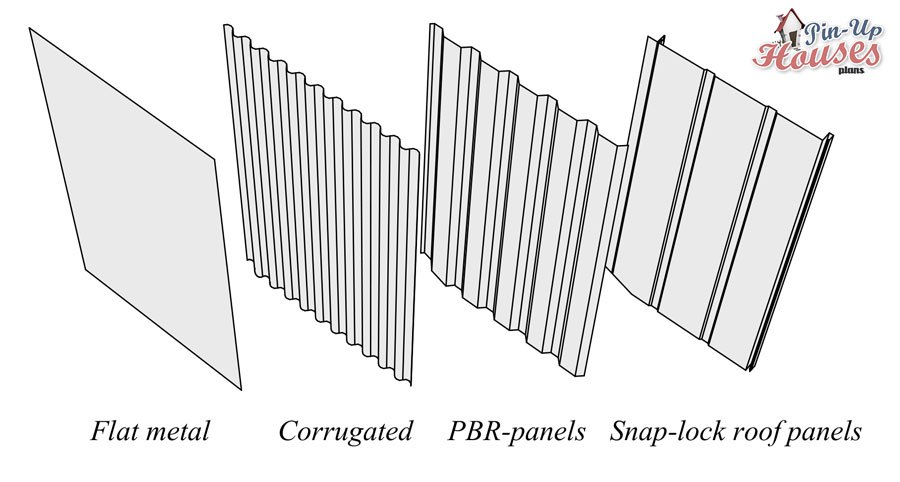
Hail is one of the most dangerous types of precipitation. According to the National Storm Damage Center, it causes approximately $1 billion in damages every year. While hail can be as small as a pea, it has been known to grow to the size of softballs or even larger in extreme cases. When hail is at its worst, it’s especially damaging to your home.
In this article, we look at how hail damages your roof, what to look for, and how to protect yourself from costly repairs.
How Does Hail Damage Your Roof?
Stated by Plano roofers, hail damages in a variety of ways and shingles react differently when struck by hailstones depending on the material.
If you have asphalt shingles, hailstone strikes can cause the granules to fall away leaving your roof more open and exposed to further damage by the elements. If hailstones are large enough, they can dent or put holes in the shingles causing costly repairs.
For wood shingles, hailstone strikes can cause the wood to split or break into pieces.

How to Spot Hail Damage
Finding hail damage can be difficult if you’re not familiar with it or know exactly what to look for. After a hail storm, even if it’s small-sized hail, it’s wise to inspect your roof and look for damage to ensure you don’t have a big problem that could develop down the road. If you’re not comfortable going up on the roof or aren’t sure you’ll be able to spot the damage, consider calling a professional roofing contractor to assist.
The first thing you’ll want to look for:
When inspecting hail damage is to check your gutters and downspouts for dents and damage. Take note to repair any trouble spots because functioning gutters and downspouts are essential to a healthy roof.
If you have asphalt shingles, inspect carefully to see if any of the granules have been removed. Also, look for dings and dents on the shingles themselves. If you have wood shingles look for dings, splits between the shingles, and other signs of impact damage.

Clay roofs are especially susceptible to cracking and splitting during heavy hail storms.
It’s also important to check the attic for signs of water leaks, which could indicate that hail has loosened the shingles to allow for water ingress.
What to do if You Spot Hail Damage
If you see impact damage or other signs of hail damage, call your insurance company to see if they offer storm coverage and what are the next steps. Next, call a professional roofing contractor to get their opinion and a quote for any repairs that may be needed. Also, you can use hail damage roof replacement services.
How to Protect Your Roof
As mentioned, the type of roofing material you have will ultimately determine how well it withstands damage. The best protection is to invest in a durable roofing material like metal if you live in an area prone to heavy hail storms. Also, check with your insurance provider to make sure you’re covered for hail damage so you don’t end up with pricey repairs in the end.









